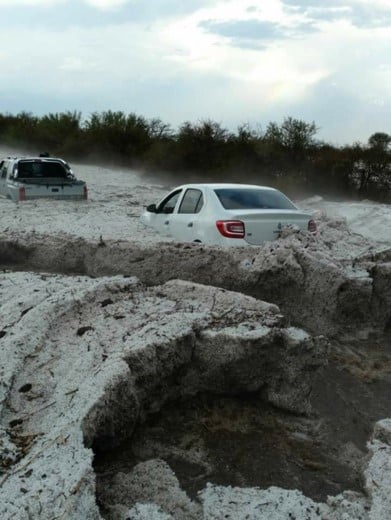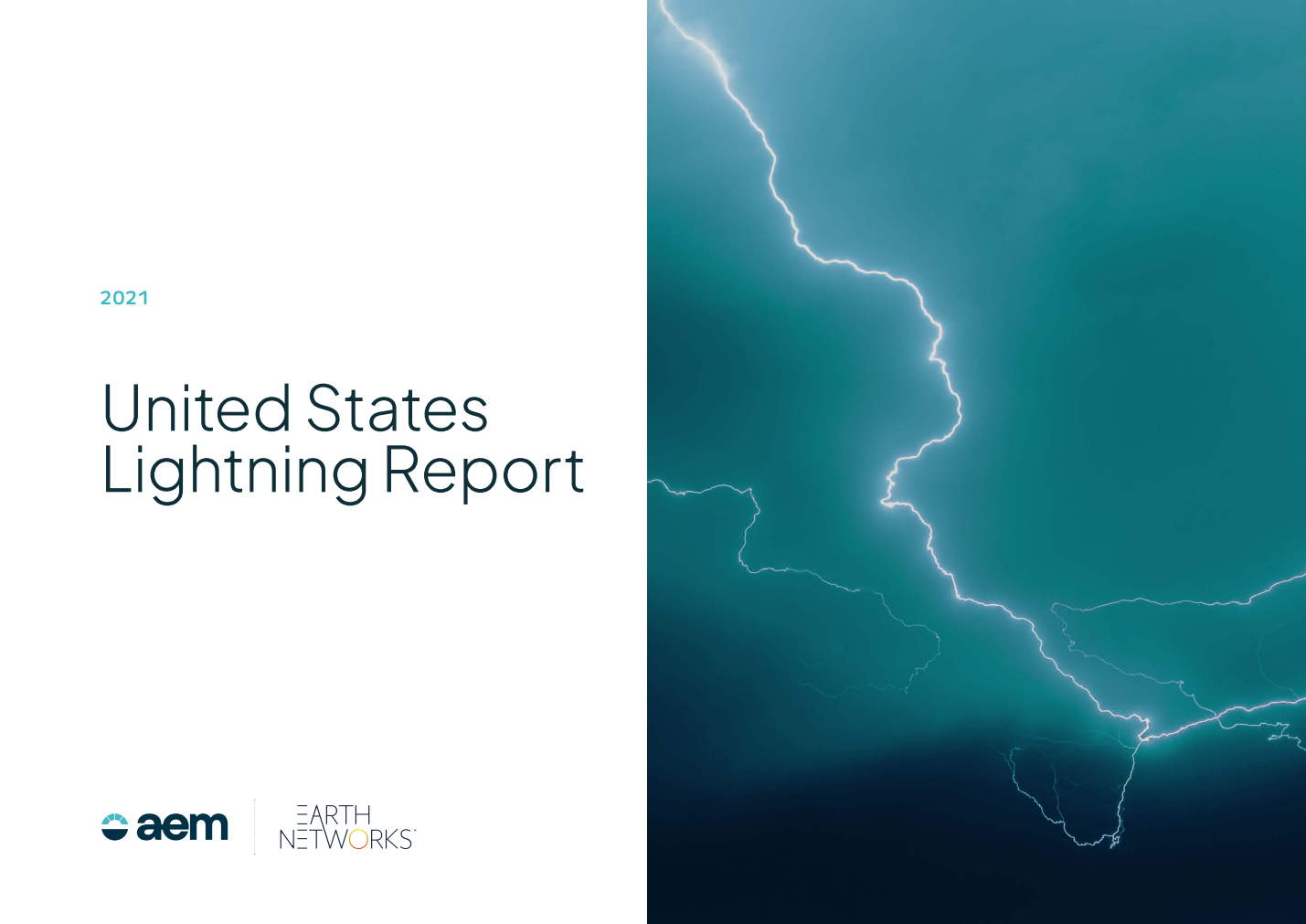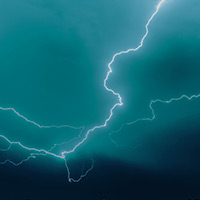Lightning
A storm containing a high frequency of total lightning moved down the west coast of Nicaragua. The intensity of the lightning contributed to the generation of 17 Dangerous Thunderstorm Alerts (DTAs) over the course of approximately four hours. The video below shows the path of the storm cells and accompanying DTAs. DTAs are generated by Earth Networks Total Lightning Network as an advanced local storm warning and are represented by purple polygons.
The storm, which came from the west, contained 15,623 total lightning strikes. Total lightning strikes are composed of both in-cloud lightning strikes and cloud-to-ground lightning strikes. While in-cloud lightning (purple) is not immediately dangerous to those on the ground, high frequencies of it contribute to the generation of DTAs to improve safety by alerting people to seek lightning-safe shelter.
Flooding
Severe flash flooding has been a problem for Nicaragua safety throughout the year. One of the worst floods in 2016 occurred on July 9th. The east coast of the country experienced heavy rainfall for 24 hours. Some areas experience up to 127mm of rain according to PulseRad, our radar alternative. The image below shows the rainfall measured in millimeters for 9 July 2016.

Local media reported that levels of the Prinzapolka, Escondido and Rio Grande de Matagalpa rose rapidly as the rain fell and destroyed about 300 homes. Approximately 4,000 people were evacuated from the floods. There were no fatalities as a result of the initial flooding, as those who were evacuated were safely housed in 10 shelters. While the rivers had mostly receded by the 13th, around 200 evacuees from the area of Prinzapolka remained in shelters for an extended period of time until the situation normalized in their communities.









